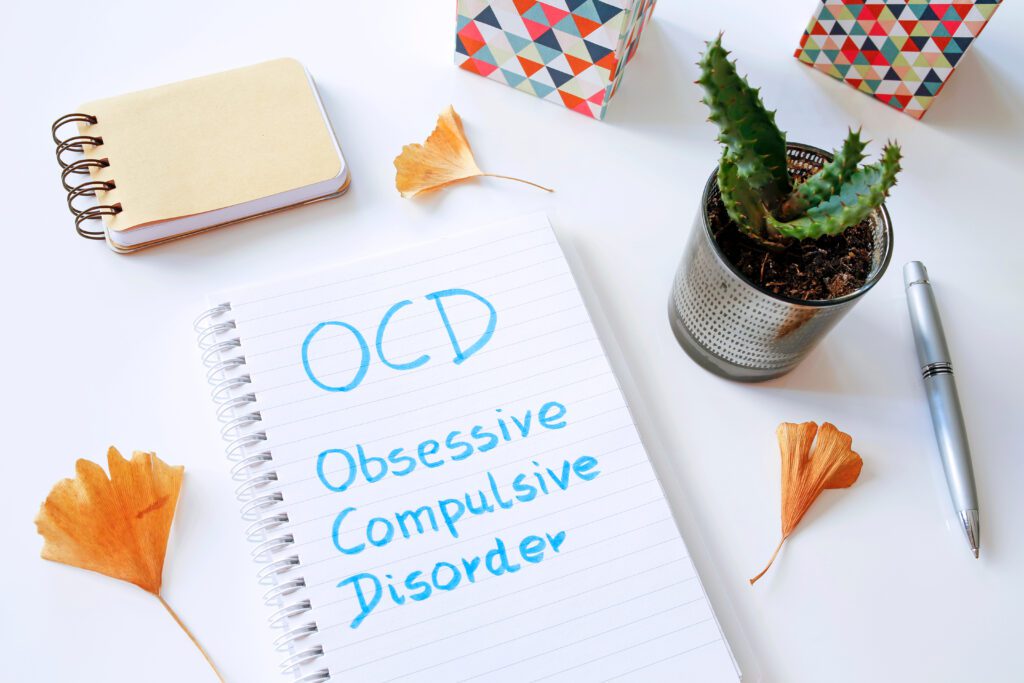When a child suddenly develops obsessive-compulsive disorder (OCD), tic disorder, or both after a streptococcal infection, such as strep throat or scarlet fever, the diagnosis could be PANDAS.
Short for Pediatric Autoimmune Neuropsychiatric Disorders Associated with Streptococcal Infections, the symptoms come on fast and include motor or verbal tics, obsessions, compulsions, moodiness, irritability, or anxiety.
PANDAS is caused by strep bacteria. When the molecules on the strep bacteria are recognized as foreign to the body, the immune system reacts by producing antibodies. Unfortunately, the immune system not only reacts to the strep molecules, but also similar molecules found in other parts of the body. According to studies by the National Institute of Mental Health Studies (NIMH), some antibodies target the brain and may cause OCD and tics.

The PANDAS network, which focuses on raising public awareness, estimates that 1 in 200 children in the U.S. suffer from PANDAS, with PANDAS pediatric patients making up as much as 25% of children diagnosed with OCD and tic disorders.
To diagnose PANDAS, healthcare providers use diagnostic criteria, such as the presence of OCD, a tic disorder, or both following a group A Beta-hemolytic strep infection (positive throat culture for strep or a history of scarlet fever), neurological abnormalities like physical hyperactivity or jerky movements not in the child’s control, and very abrupt onset or worsening of symptoms.
Children with PANDAS often see a slow, gradual improvement of their symptoms. However, if they get another strep infection, their symptoms may worsen. They usually experience symptoms for several weeks or months, but some patients experience longer-term symptoms.
First-line treatment for PANDAS is usually antibiotics to treat the strep infection and help the symptoms of OCD to subside. Behavioral therapy, such as cognitive behavioral therapy (CBT), can also be helpful for OCD symptoms, along with selective serotonin reuptake inhibitor (SSRI) medication. That said, some children with PANDAS are sensitive to the side effects of SSRIs, so clinicians usually start with a low dose and increase it slowly.
According to the IOCDF, PANDAS is not the only infection that can cause OCD to appear. Infections from Lyme Disease, Thyroid Disease, Celiac Disease, Lupus, Sydenham Chorea, Kawasaki’s Disease, and acute Rheumatic Fever should also be ruled out.
Many cases of OCD are not the result of a strep infection. According to the American Psychiatric Association, 2.3% of U.S. adults, as well as 1%-2.3% of U.S. children and adolescents, suffer from OCD. It can develop at any age, but symptoms often gradually begin appearing between age 10 and early adulthood. Given the complexity of diagnosing OCD, many patients are often diagnosed between 14-17 years of age.

Unlike with PANDAS, there is no strep infection to treat. Treatment options for OCD are limited and are often insufficient. Psychotherapy, including exposure response therapy (ERP), can be very helpful, but durability is limited because OCD is a chronic illness with constant daily implications and periodic worsening or relief.
There are currently five antidepressants FDA-approved to treat OCD, yet 40% to 60% of patients fail to achieve a response from them. Each of those medications requires eight to 12 weeks to see if there will be a response and many patients have difficulty tolerating the higher doses needed to treat OCD. Questions remain about durability, which means they likely must be taken for life.
When medications and therapy do not sufficiently work, Deep Transcranial Magnetic Stimulation (Deep TMS™) can be considered. Deep TMS utilizes a magnetic field to regulate the neural activity of brain structures associated with OCD – specifically the anterior cingulate cortex and medial prefrontal cortex.
A peer-reviewed multicenter clinical study found Deep TMS to be a highly effective OCD treatment, with more than one in three treatment-resistant OCD patients achieving a reduction of more than 30% in their OCD severity rating, greatly improving their quality of life. A post-marketing study of over 200 patients published in the Journal of Psychiatric Research found Deep TMS to have an even greater effect in a real-life clinical practice setting. Nearly 60% of patients achieved a reduction in the OCD severity rating of more than 30%, and almost 90% of patients maintained their response for more than one year.
Deep TMS is a noninvasive treatment that does not cause any systemic side effects. It does not require a significant recovery period, and the short treatments can easily be integrated into each patient’s day-to-day schedule.
A recent meta-analysis of 55 randomized controlled trials between 1975-2022 compared the effectiveness of 19 different treatment strategies for serotonin reuptake inhibitor-resistant OCD patients and demonstrated that Deep TMS ranked as the best treatment strategy of all interventions.
If you or someone you love suffers from OCD, talk to your healthcare provider about the best course of treatment for you.